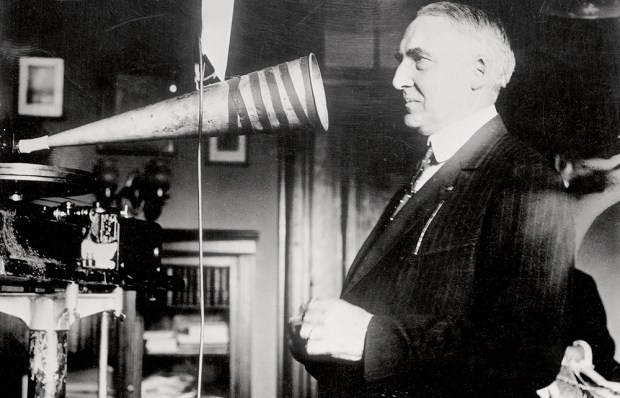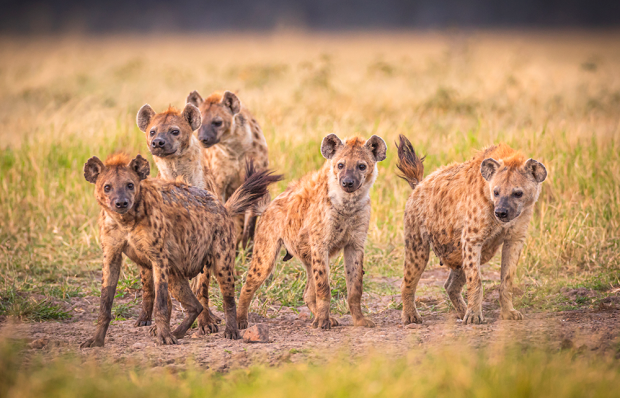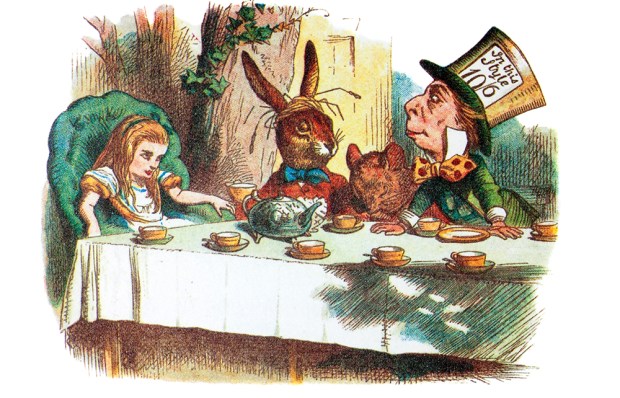‘Are they all gay too?’ asked my husband, waving the Sunday Telegraph with its headline ‘Pride of Lions’. He had been delayed in traffic in the sun during the Pride in London rally the day before and was still showing signs of confusion.
The headline was referring, through a play on words, to the British and Irish Lions’ unexpected draw against the All Blacks. But I was then surprised to discover that pride for a group of lions is the resurrection, accomplished in the late 19th century, of a medieval term (deriving from lions as symbols of the sin of pride). It disappeared from English for 400 years, after being listed in the Book of St Albans, a sort of sporting gentlemen’s handbook printed in 1486.
People are still fascinated by group terms — a murmuration of starlings, and so on — and many are found in this book, reprinted by Caxton’s associate Wynkyn de Worde in 1496 and others in the 16th century. It listed 164 such terms, under the heading ‘The Companies of Beasts and Fowls’. Most went unspoken again until the 19th century. A building of rooks, for example, was next mentioned in 1883. A muster of peacocks was picked up by Edward Phillips’s dictionary of 1696, then unearthed by Washington Irving for an historical short story in 1820. A charm of goldfinches went unused again until 1930.
The St Albans group terms include a bevy of quails, but a bevy of ladies too; a herd of swans and (jocularly) a herd of harlots.
The compiler moved on from beasts to people. Some of the coinages are feeble: a doctrine of doctors (of divinity); others peculiar: a rage of teeth. St Albans has an exalting of larks, but when James Lipton wrote a book on group names in 1968 he entitled it An Exaltation of Larks. He called such terms to do with hunting or venery venereal. Yet venereal has always referred to sexual matters, with one alarming reference in a handbook to insects, published in 1658, to the venereal moth, ‘bred in the genitals of men’.
Anyway, it seems strange to me that the attraction of being one-up in language should be so similar in the 15th century and the 21st.
Got something to add? Join the discussion and comment below.
Get 10 issues for just $10
Subscribe to The Spectator Australia today for the next 10 magazine issues, plus full online access, for just $10.
You might disagree with half of it, but you’ll enjoy reading all of it. Try your first month for free, then just $2 a week for the remainder of your first year.














Comments
Don't miss out
Join the conversation with other Spectator Australia readers. Subscribe to leave a comment.
SUBSCRIBEAlready a subscriber? Log in